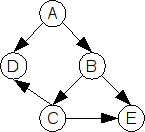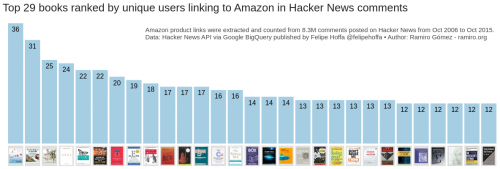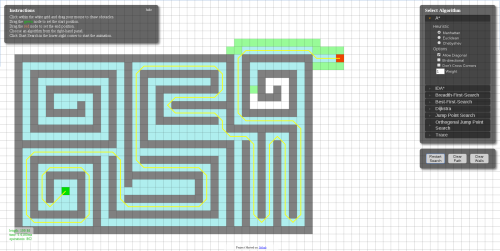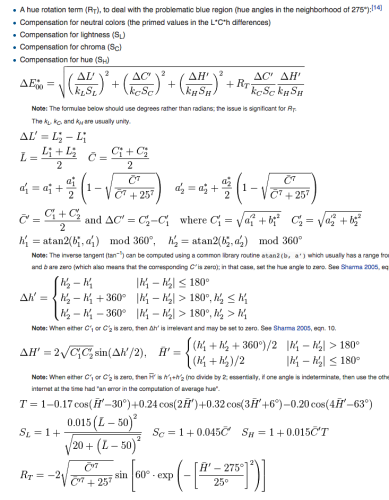One of the projects I am working on at work presented an interesting problem. I had a list of items with dependencies on one another and I needed to figure out the order in which to use those items, based on their dependencies.
For the sake of the example, think of a list of database tables, which reference each other. I need a way to export those tables in such a way, that when imported back in, tables that have dependencies will be imported after all those tables on which they depend. (It’s not the real task I’m working on, but close enough.)
Consider the following list as an example of input data:
// List of items with dependencies. Order is not important
$tables = [
'articles_meta' => ['articles'],
'articles' => ['users', 'categories', 'tags'],
'categories' => [],
'comments' => ['users', 'articles'],
'options' => [],
'tags' => [],
'users' => [],
'users_meta' => ['users'],
];
The result of the dependency resolution should give me the list like this (there are variations in order, of course, as long as the dependencies are satisfied):
categories
options
tags
users
users_meta
articles
articles_meta
comments
There are several ways to solve this problem. My first attempt took about 50 lines of code and worked fine, but it lacked elegance. It had too many nested loops and tricky conditions and was difficult to read. My second attempt was slightly better, with a bit of a recursion, but still looked somewhat off. It felt like there is a better way to do it, and that I’ve done something similar before, but I could put my finger on it.
I thought I’d take a look at something that solves a similar problem. Composer, PHP package and dependency manager, surely had something to offer. A brief check of the GitHub repository, and that idea is out of my hand. Composer deals with much more complex issues, so its Dependency Resolver code is not something I can grasp in a few minutes.
It was time for some Googling. Moments later, my deja vu feeling of “I’ve seen this before” was easily explained. This problem fits into the graph theory, which I probably used last back in my college years. Of course, I could have grabbed the book off the shelf and refresh my knowledge, practicing the sacred art of the Real Programming. But time was an issue, so I cheated.
I found this “Dependency resolving algorithm” blog post by Ferry Boender over at Electric Monk (thanks man!). He had exactly what I needed – simple and straight forward recursive algorithm for walking the graph, circular dependency detection, and even some performance optimization.

The only problem was that his code is all in Python. But that’s not really a problem. So I’ve rewritten his code in PHP and got exactly what I needed. Here it is:
// List of items with dependencies. Order is not important
$tables = [
'articles_meta' => ['articles'],
'articles' => ['users', 'categories', 'tags'],
'categories' => [],
'comments' => ['users', 'articles'],
'options' => [],
'tags' => [],
'users' => [],
'users_meta' => ['users'],
];
$resolved = [];
$unresolved = [];
// Resolve dependencies for each table
foreach (array_keys($tables) as $table) {
try {
list ($resolved, $unresolved) = dep_resolve($table, $tables, $resolved, $unresolved);
} catch (\Exception $e) {
die("Oops! " . $e->getMessage());
}
}
// Print out result
foreach ($resolved as $table) {
$deps = empty($tables[$table]) ? 'none' : join(',', $tables[$table]);
print "$table (deps: $deps)\n";
}
/**
* Recursive dependency resolution
*
* @param string $item Item to resolve dependencies for
* @param array $items List of all items with dependencies
* @param array $resolved List of resolved items
* @param array $unresolved List of unresolved items
* @return array
*/
function dep_resolve($item, array $items, array $resolved, array $unresolved) {
array_push($unresolved, $item);
foreach ($items[$item] as $dep) {
if (!in_array($dep, $resolved)) {
if (!in_array($dep, $unresolved)) {
array_push($unresolved, $dep);
list($resolved, $unresolved) = dep_resolve($dep, $items, $resolved, $unresolved);
} else {
throw new \RuntimeException("Circular dependency: $item -> $dep");
}
}
}
// Add $item to $resolved if it's not already there
if (!in_array($item, $resolved)) {
array_push($resolved, $item);
}
// Remove all occurrences of $item in $unresolved
while (($index = array_search($item, $unresolved)) !== false) {
unset($unresolved[$index]);
}
return [$resolved, $unresolved];
}
Running the above code produces the following result:
$ php dependecy.php
users (deps: none)
categories (deps: none)
tags (deps: none)
articles (deps: users,categories,tags)
articles_meta (deps: articles)
comments (deps: users,articles)
options (deps: none)
users_meta (deps: users)
Which is exactly what I was looking for. And now that I have it here, I’ll probably be needing it again and again. It’s an elegant hammer to a lot of my nails.



